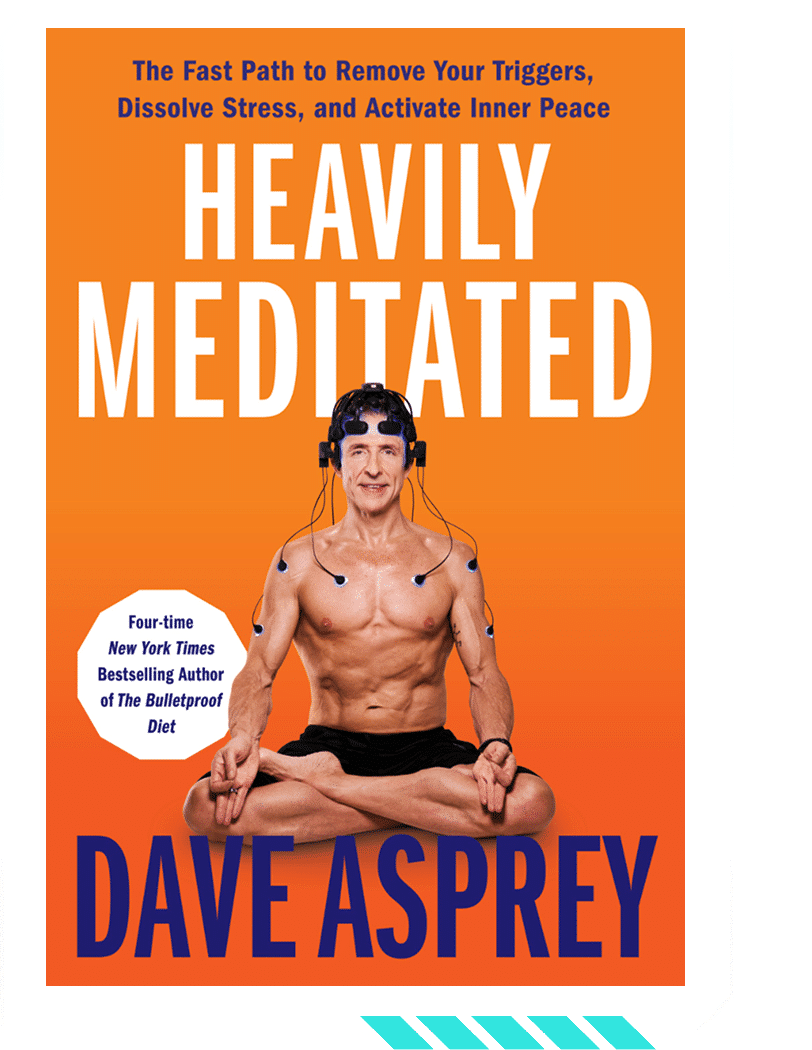In this Episode of The Human Upgrade™...
In this episode, we’re broadcasting live from Toronto with Dr. Adeel Khan, a leading figure in the field of gene and cell therapies. Dr. Adeel Khan, who holds an M.D. and is a Canadian Board Certified Physician, specializes in regenerative and cellular medicine.
He is also a recognized authority as a key opinion leader for The American College of Regenerative Medicine, the foremost advocate for best practices in North America. Notably, he co-founded Xalt, a fitness-technology company, and played a pivotal role in the development of their proprietary technologies. Additionally, he serves as the Chief Scientific Officer for Science & Humans, a virtual hormonal health company.
Dr. Khan’s expertise extends globally, as he has treated world champion athletes, members of Royal Families, and celebrities in both Dubai and North America.
Personally, I’m thrilled to share that I’ve recently undergone gene therapy for the very first time in my life. This is a significant moment for me because I’ve been envisioning the potential of this technology in the context of longevity for the past two decades. In fact, I documented my beliefs about the ability to manipulate stem cells to reverse their aging process in my book, Superhuman.
The gene therapy I received, which we’ll delve into shortly, was administered via a simple injection. Over the next three to six months, it’s expected to reduce my biological age, or intrinsic age, by an impressive seven to nine years—a monumental outcome from just one treatment.
Throughout this episode, we’ll explore various aspects of stem cell research, particularly the historical use of umbilical cells, which may hold some surprising revelations for you. We’ll also discuss the challenges in translating cutting-edge medical research into practical clinical applications and the incredible potential of gene and cell therapy in addressing chronic pain, cancer, and other medical conditions.
What’s particularly exciting is Dr. Khan’s multifaceted approach to biology, working on multiple fronts to harness its potential. This innovative approach offers a glimpse into a promising future, and I couldn’t be more thrilled to dive into this conversation.
“The next 20 years are going to be a completely new landscape for medicine.”
DR. ADEEL KHAN
(01:36) Exploring the Impact of Technological Advances & Gene Therapy in Regenerative Medicine
- Pure Muscle: puremuscleandfitness.com
- Unite Mind & Body to Achieve Health & Healing – Dr. Andrew Weil – #656
- How technological advances have impacted the world of regenerative medicine
- Learn more: daveasprey.com/genetherapy
- Keeping up with the rapid development of medical science
- What is plasmid gene therapy?
- The history of gene therapy research and accepting the risk of innovation
- The attitude towards innovation in other parts of the world
- We Can Slow Down Aging Right Now – David Sinclair, Ph.D. – #626
- How phellostatin relates to aging
(20:42) Revolutionary & Innovative Approaches to Health & Longevity
- Democratizing health for everyone with gene therapy
- Benefits of intranasal insulin
- How industry cross-pollination encourages lateral thinking
- Read: Ego Is The Enemy by Ryan Holiday
- Explaining the limitations of umbilical cord stem cells and how they’re being optimized
- Using gene editing technology to create specific stem cell lines
- Using stem cell technology for hair and the reproductive system
- The ability for breast enlargement with stem cells
(42:47) Stem Cell & Gene Therapy Applications for Cancer & Chronic Pain
- The opportunity for chronic disease healing with stem cell therapy
- Using CAR T for cancer treatment
- Target gene therapies to fix irregular pathways
- Ways to improve mitochondrial efficiency
- How bad actors could misuse this technology
- The correlation between Tesla’s story and gene cell therapy
- Big Pharma and government’s role in the suppression of revolutionary medical technology
- Using this technology to build resilience in the body to combat modern stressors
(01:10:08) Making Revolutionary Medical Advances More Accessible
- The logistics of receiving gene cell therapy: how long they last and how they’re given
- Improving the immune system through a microbiome upgrade with FMT
- The difference between probiotics and FMT
- Stem cell and gene therapy treatments for cardiovascular disease
- The regulatory fight for your right to have control of your own biology
- The problem with institutionalized medical doctors
- Treating chronic pain and recognizing the chronic pain burden
Gene Therapy: https://daveasprey.com/GeneTherapy
Dave Asprey’s NEW Book ‘Smarter Not Harder’ is out now: https://daveasprey.com/books
Website: eterna.health
Instagram: @dr.akhan
YouTube: Doctor Adeel
Enjoy the show!
LISTEN: “Follow” or “subscribe” to The Human Upgrade™ with Dave Asprey on your favorite podcast platform.
REVIEW: Go to Apple Podcasts at daveasprey.com/apple and leave a (hopefully) 5-star rating and a creative review.
FEEDBACK: Got a comment, idea or question for the podcast? Submit via this form!
SOCIAL: Follow @thehumanupgradepodcast on Instagram and Facebook.
JOIN: Learn directly from Dave Asprey alongside others in a membership group: ourupgradecollective.com.
Subscribe To The Human Upgrade
Similar Episodes

BOOKS
4X NEW YORK TIMES
BEST-SELLING SCIENCE AUTHOR
Smarter
Not Harder
Smarter Not Harder: The Biohacker’s Guide to Getting the Body and Mind You Want is about helping you to become the best version of yourself by embracing laziness while increasing your energy and optimizing your biology.








